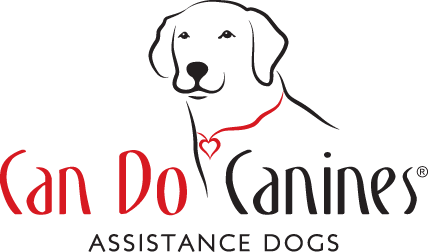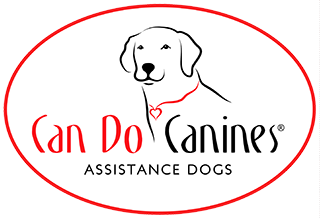Set Up for a Successful Outing
Before you take a dog on a training outing, be sure to review this list of reminders. This will help make sure every outing can be a successful one!
Preparation for a Training Outing
Items to Take on an Outing
Travel to an Outing
Once You Arrive
During the Outing
Things to Be Aware of in the Parking Lot
Elevator & Stairs Etiquette
Preparation for a Training Outing
- Make sure the dog is hungry! Do not feed a meal right before an outing. Instead, use a portion of their meal as training treats for the outing.
- Some dogs may benefit from a short play session prior to the outing. It is important that the dog is not mentally tired before an outing. Mental exhaustion happens quicker than physical exhaustion.
- Practice skills at home before attempting to use them on the outing.
- Plan the location in advance and be sure it is appropriate for the age of the dog. You must be willing to leave.
- Most importantly, remember that an outing is for training the dog and not for personal reasons.
Items to Take on an Outing
Travel to an Outing
Once You Arrive
During the Outing
Things to Be Aware of in the Parking Lot
Elevator & Stairs Etiquette




